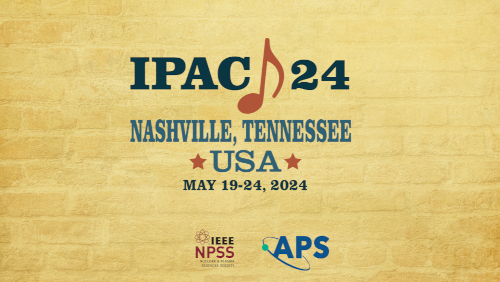Speaker
Description
We present a method for coupling particle dynamics, particle-matter interaction, and hydrodynamics codes to model the effects of high-intensity electron beams in Fourth Generation Storage Rings for the purpose of machine protection. The coupled codes determine if high-energy-density conditions (>100 J/mm^3) are present in beam-intercepting components. Elegant is used to simulate the dynamics of a whole-beam abort by muting the high-power cavity RF. Within the APS-U, the impacting beam begins interacting with a horizontal collimator, at which point elegant is interrupted and the beam impact process is modeled using MARS and FLASH. MARS simulates the interaction of the beam with the collimator, passes the energy density to FLASH, and returns the transmitted particle distribution to elegant. FLASH uses the energy deposition to determine the density of the collimator material. The surviving beam is propagated again through the APS-U lattice and the process is repeated until the beam is fully lost. The input MARS geometry is updated each step to reflect the changing material properties. The coupled codes also examine the effects of synchrotron radiation within the vacuum beam chambers.
Funding Agency
Work supported by the U.S. D.O.E.,Office of Science, Office of Basic Energy Sciences, under contract number DE-AC02- 06CH11357.
| Region represented | North America |
|---|---|
| Paper preparation format | LaTeX |

